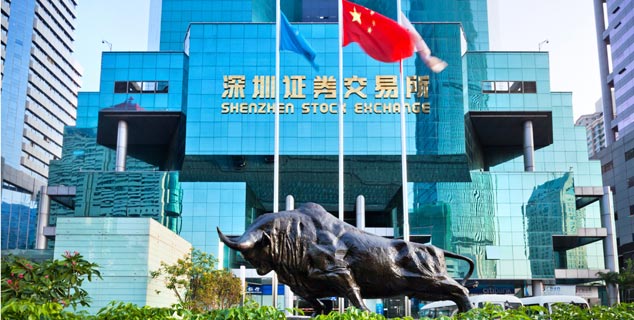
The very healthy correction required in Chinese A shares is happening – we are now down 30% from the highs, and I think we have another 5%-10% further to fall. This would unwind the entire move up from earlier this year.
However, what has surprised me is how concerned China’s government is about the correction. This is unnerving, and they have created an element of panic by their own actions.
Ten days ago they cut rates and tried to make people feel relaxed about margin trading levels. I think they thought this would be enough to avert a crash but the market fell another 12% last week. Last weekend, more support measures were announced – IPOs were cancelled; state-controlled funds started buying the market; brokers started supporting the market. This has only fed a feeling of panic by the authorities.
This is strange, but implies that the Chinese authorities still do not have a good feel for stockmarkets. They allowed the Shanghai/Shenzhen markets to run too high and too fast. This meant that a 30%-40% correction was likely and, to some extent, normal and good.
Their actions will in the end staunch the flow of blood, but at the same time they have lost some credibility in the eyes of domestic and foreign investors. This will mean a slower recovery in the market. However, it should be noted that the correction has come in the right place – ie over-valued, low quality shares – and has not been wholesale.
I argued in my article a few weeks ago that foreign investors should be buying into Hong Kong-listed Chinese blue chips over the summer to take advantage of the next phase of Chinese growth. In Hong Kong, there has been a correction but no rout, as professional investors dominate. Tencent, one of the leading internet names in China, rose 45% between January and late June, but has only fallen 11% so far in this correction.
This week has seen a “bailing out” by US retail investors in the US-listed China names, but this is built on CNBC-induced fears, and once again the declines are small in comparison to moves in Shanghai and Shenzhen.
In the end, the government has lost some credibility, but the medium-term positives remain. The reform agenda moves on apace. The second half of this year will see consumption as a percentage of GDP rise in China – and the start of the long virtuous circle will play out. The liquidity will return with added incentives around index inclusion. The Chinese economy is, in the short run, turning (after lots of monetary easing); the property market is bottoming; premium mass consumption is starting to recover.
Buying quality, consumer-focused, foreign listed Chinese equities over the summer remains the best way for a foreigner to play the long Chinese bull market.